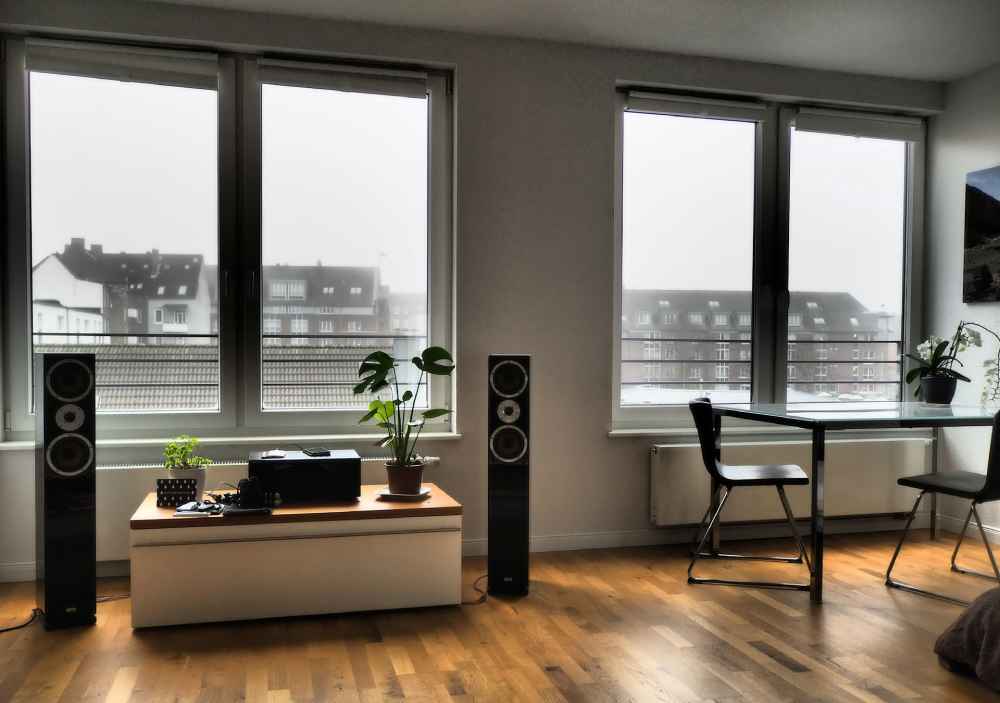When you think of modern homes, you probably imagine sleek lines, open spaces, and minimalist design. But have you ever considered how adding period details, like cornices and coving, can completely transform a contemporary interior? If not, you’re missing out on an opportunity to bring character and sophistication into your living spaces.
Let’s explore why these classic architectural features are making a strong comeback—and why your home might benefit from them too.
What Are Cornices and Coving?
Before diving into their impact, let’s clarify what these details actually are. Cornices are the decorative mouldings that sit at the junction between walls and ceilings. They can range from simple, clean lines to intricate, ornamental designs. Coving, on the other hand, is usually simpler in shape and features a curved or angled profile that softens the transition between walls and ceilings.
Both are timeless elements that date back centuries, yet they remain surprisingly relevant in today’s design landscape.
The Magic of Contrast
One of the reasons period details like cornices and coving are so effective in modern homes is the contrast they create. Imagine a contemporary living room with plain white walls, clean furniture, and minimalist lighting. While functional, it might feel a little stark or uninspiring.
Now, picture the same space but with an elegant cornice running along the ceiling. The detail immediately draws the eye, adding depth and texture to an otherwise plain room. It’s this balance between old and new that creates an interior that feels both timeless and fresh.
Bringing a Sense of Luxury
Let’s be honest—there’s something about ornate cornices or even simple coving that feels undeniably luxurious. These features have long been associated with stately homes, historic buildings, and grand spaces. By incorporating them into your modern home, you’re borrowing from this rich heritage and elevating your interiors. Plus, with a wide selection of cornice and coving options, you’ll have no trouble choosing the perfect option for the style of your home.
Even subtle details can make a difference. A simple coving installation, for example, adds polish and professionalism to your design. It’s like putting on the finishing touches to a well-tailored outfit—it just makes everything feel complete.
Why They Work in Any Style
You might be thinking, “Do these features only work in traditional homes?” Absolutely not. While cornices and coving are often associated with period properties, they’re incredibly versatile.
- Minimalist interiors – Pair a streamlined cornice with neutral colours for subtle sophistication.
- Industrial spaces – Use a bold, geometric cornice to soften raw materials like concrete or exposed brick.
- Scandi-inspired designs – Simple coving with clean lines complements the calm, uncluttered vibe.
- Maximalist aesthetics – Intricate, ornate mouldings add drama and fit perfectly with layered textures and bold colours.
The key is choosing a style that complements your overall design scheme.
Practical Benefits You Might Not Expect
Cornices and coving aren’t just about aesthetics—they offer practical advantages too.
- Concealing imperfections – Uneven ceilings or cracks between walls and ceilings can be hidden effortlessly.
- Improved acoustics – In larger or open-plan spaces, mouldings can help reduce echoes by breaking up flat surfaces.
- Easier transitions – These details provide a smooth visual flow, making spaces feel more cohesive.
- Enhanced lighting effects – Install LED strip lighting behind coving to create a warm, indirect glow that highlights the architectural feature.
By combining beauty with functionality, these details prove they’re more than just decorative.
Making It Work in Modern Homes
You don’t need a grand Georgian townhouse to incorporate cornices and coving. With so many styles and materials available, they’re accessible for homes of any size or budget.
- Start small – If you’re unsure, begin with one room, such as a living room or bedroom, to see how it transforms the space.
- Go simple – Choose clean, understated designs for modern spaces to ensure they feel fresh rather than dated.
- Play with finishes – Painting cornices in a complementary or contrasting colour can add another layer of interest.
- Don’t forget proportions – Larger rooms can handle more ornate designs, while smaller spaces benefit from delicate, less elaborate mouldings.
The Modern Revival
It’s not just homeowners who are bringing these features back—interior designers and architects are embracing them too. Why? Because they add an element of craftsmanship that’s often missing in newer builds.
In an era of mass-produced homes and flat-pack furniture, there’s something special about introducing bespoke details. Cornices and coving represent a connection to traditional techniques, helping to bring individuality and character to modern interiors.
Is It Time to Add Character to Your Home?
If your home feels like it’s missing a certain something, cornices and coving might just be the answer. They’re versatile, elegant, and surprisingly easy to incorporate into a variety of spaces. Plus, they offer the perfect blend of tradition and modernity, making your home feel more unique and personal.





Leave a Reply
You must be logged in to post a comment.